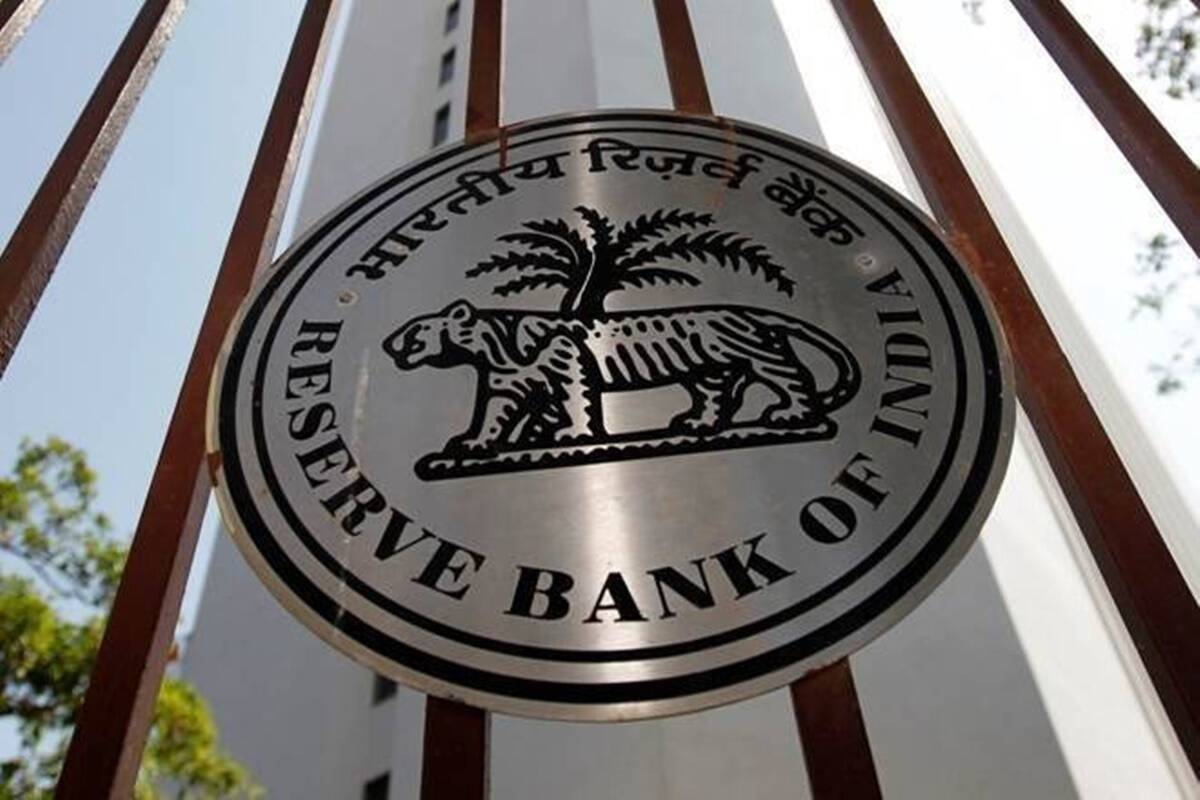What is the Prevention of Money Laundering Act?
It lays the foundation of India’s legal structure to prevent money laundering. This law applies to all financial firms, banks (including the Reserve Bank of India), mutual funds, insurance firms, and their financial intermediaries. India passed the Prevention of Money Laundering Act in 2002. (Hereinafter referred to as PMLA). It defines money laundering as “any process or action involving the ‘proceeds of crime’ and presenting them as clean funds.” Section 3 of the Act defines money laundering as “anyone who explicitly or implicitly tries to engage in, purposefully assists, is a party to, or is engaged in any task or system involving proceeds of crime and the presentation of those proceeds as clean property shall be guilty of money laundering.”
As the term of ‘Money Laundering’ is fairly broad, any transaction involving ‘Proceeds of Crime’ (hence referred to as POC) is deemed a money laundering offence. Therefore, it is vital to comprehend the scope of POC in order to comprehend money laundering as defined by the Act.
2012 PMLA (Amendment) Act:
Adds the notion of ‘reporting entity,’ which encompasses banks, financial institutions, intermediaries, etc.
The PMLA of 2002 imposed a maximum punishment of Rs 5 lakh, however the amending legislation has eliminated this cap. It allows for the interim seizure and seizure of the property of anybody engaging in such actions.
Method of Money Laundry:
Money laundering involves three steps:
- The placement of the illicit funds into the legitimate financial system is the first step.
- In the second step, money pumped into the network is stacked and distributed over several transactions in order to conceal its tainted origin.
- In the third and final step, money is integrated into the financial system in such a manner that its initial link with the crime is erased and it may be utilised by the offender as clean money.
Popular approaches of money laundering include:
Bulk Cash Smuggling, Cash-Intensive Businesses, Trade-Based Money Laundering, Shell Corporations and Trust, Round-Tripping, Bank Capture, Gambling, Real Estate, Black Salaries, Fictional Loans, Hawala, and False Invoicing.
Profits from Crime
The Finance Amendment Acts of 2015, 2018 and 2019 have amended the definition of “Proceed of crime” as stated in section 2(i)(u) in order to increase the effectiveness of the Enforcement Directorate’s investigations into Money Laundering.
The most difficult aspect of the Prevention of Money Laundering Act (PMLA)[1] has been the interpretation of this clause, since POC is the core of money laundering proceedings. If we ask every attorney who handles money laundering matters, “What is the greatest obstacle he or she faces under the PMLA?” The response would be a definition of “Proceeds of Crime.” Under the PMLA, the Enforcement Directorate may only seize property if it is classed as “Proceed of Crime.”
How may property be classified as “Proceeds of Crime”?
Simply said, if a person commits an offence included in the PMLA schedule as a scheduled offence or predicate offence, then any property gained or created as a result is referred to as proceeds of crime (POC). The profits of crime remain the proceeds of crime regardless of where they are kept: in the home, in a bank account, or with another person. Promoting them as “clean property,” which is the heart of the offence punished under Section 4 of the Act, requires providing an explanation for their acquisition and demonstrating that they have a legal source of income.
As an Example:
An individual is involved in the counterfeit of banknotes and has earned Rs5,000,000 as a result.
Mr. ‘A’ has violated section 489 A of the Indian Penal Code, 1860. Because the offences under the IPC are listed offences under the PMLA, the Rs 5,00,000 would be considered a POC.
Also, Mr. ‘A’ would be individually accountable for both the IPC and PMLA offences he committed and may be prosecuted for both at the same time.
The Finance Act of 2015 has broadened the term to include not just the proceeds of crime that are present in India, but also those that have been transported out of India to avoid accountability under PMLA. If a person transfers POC out of India, the equal value of property in India will be deemed POC in India. Prior to the amendment, the agency was powerless since the PMLA lacked cross-border authority.
In addition, the word ‘abroad’ was added to the definition of POC by the 2018 amendment. If the proceeds of crime from India are transmitted to a foreign state and the form of the POC is changed completely to conceal the origin of the proceeding, then any property of the accused equivalent to the value of POC abroad may also be considered POC under the definition of PMLA.
Subsequently, the Finance Act of 2019 included ‘explanation’ to the definition of ‘proceeds of crime,’ as well as assets that come under ‘proceeds of crime’ as a result of “any criminal conduct related to scheduled offence.”
Therefore, the aforesaid definition, with all of its revisions, has expanded the investigative agency’s ability to combat the scourge of money laundering under the PMLA.
Who has the authority to designate property as “Proceed of crime”?
The Enforcement Directorate (ED) is the principal investigative agency authorised to enforce the PMLA.
After getting the notification and investigating the case, if an officer of the ED not under the rank of Deputy Director has reasons to believe that a particular property is POC, then the ED records his satisfaction in the form of ‘reasons to believe’ and provisionally attaches the property suspected to be POC.
The officer drafts a provisional attachment order (PAO) and attaches his “reasons” to it, designating the property as POC.
Confiscation and attachment of property
Under the PMLA, there is a comprehensive procedure of attachment and seizure of “Proceeds of crime.” The inquiry first starts with a “provisional attachment” of the property. This is the first phase, following which an adjudicating officer is appointed to conduct an inquiry and confirm the property as POC. Upon establishing the accused’s guilt, the POC is thereafter definitively confirmed. The three levels of property attachment are- “provisional attachment” under Section 5; (ii) “confirmation of attachment” under Section 8(3); and (iii) “confiscation” under Section 8(3). (b).
Confirmation of property attachment
Subsequently, upon the filing of a complaint, adjudicating personnel are expected to analyse all relevant case facts and determine whether or not the temporarily attached property is implicated in money laundering. Upon investigation, if the adjudicating official is certain that the item in question is Criminal Proceeds, he or she might issue an order “confirming” the attachment of property.
“Provisional attachment” of criminal process
According to section 5 (1) of the PMLA, if the director or any officer not under the position of deputy director has grounds to suppose that the property in question is POC and the individual engaged in a scheduled offence, and such POC can be concealed or transferred, that would further frustrate the proceeding, the director or officer may order temporary attachment of material in possession for a period not to exceed ninety days from the date of the order, in accordance with the second schedule of the Income Tax Act.
No such order of attachment shall be issued unless the document of the scheduled offence has been relayed to a Court under section 173 of the Code of Criminal Procedure, 1973, or a claim has been filed by a person authorised to investigate a scheduled offence before a Magistrate or court having jurisdiction over scheduled offences.
Confiscation of possessions
At the end of the trial, the special court hearing the money laundering case is convinced that a money laundering offence has been committed. The court may then order the forfeiture of the contested property.
Conclusion
The phrase “criminal proceeds” is central to all instances of money laundering. Therefore, the Enforcement Directorate’s decision of POC must adhere to fair and reasonable legal norms. The language and spirit of the applicable section’s interpretation must be followed while evaluating the POC.


